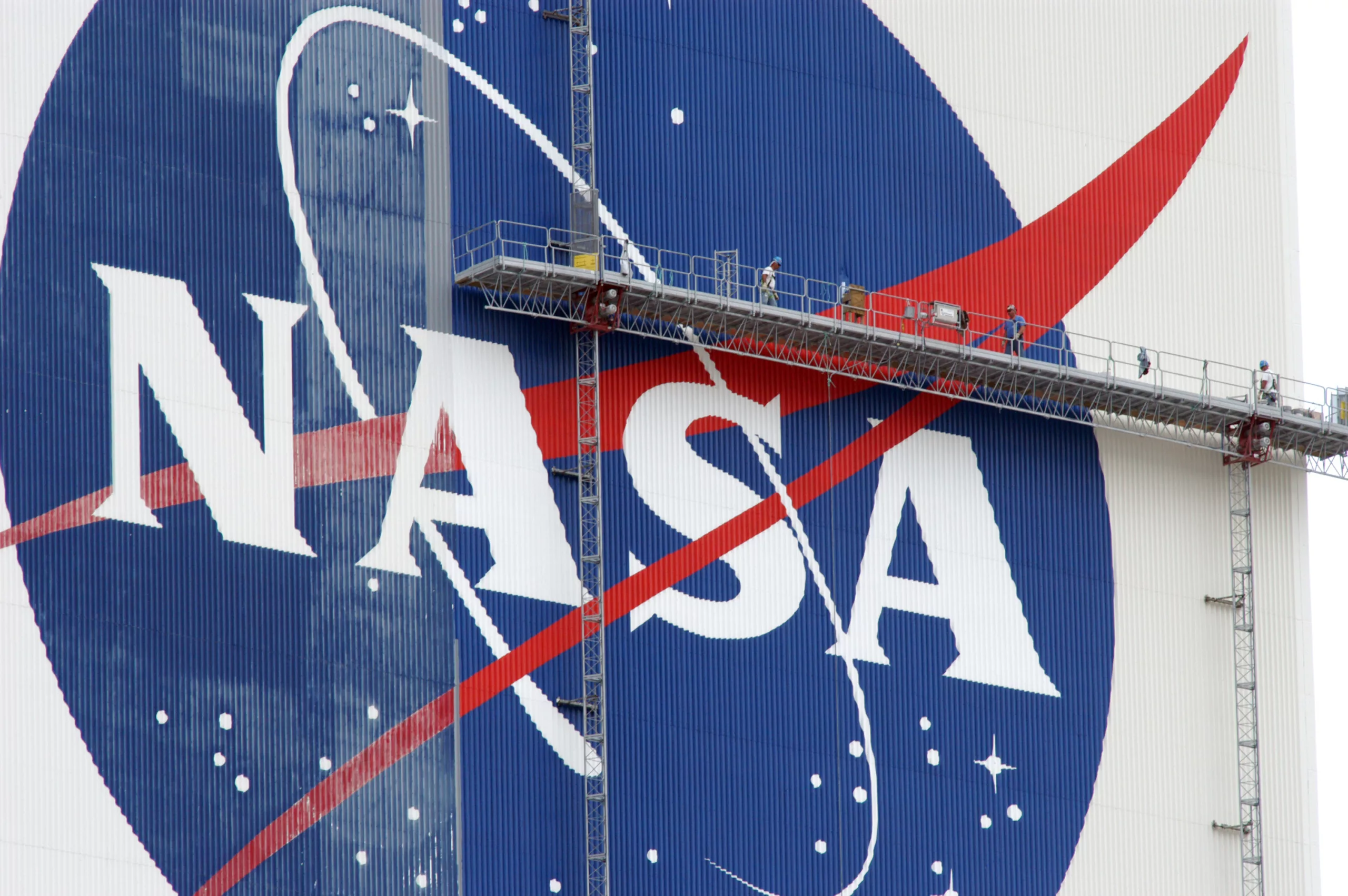| In this week’s newsletter, find out how to watch launch coverage of SPHEREx, a two-year planned mission to provide an all-sky spectral survey; get answers to frequently asked questions about asteroid 2024 YR4; and hear how Bill Ingalls, senior photographer for NASA Headquarters in Washington, captures some of NASA’s most iconic moments. Plus, more stories you might have missed. |
| Live launch coverage of SPHEREx (Spectro-Photometer for the History of the Universe, Epoch of Reionization and Ices Explorer), the agency’s newest space telescope, will begin at 9:15 p.m. EST on Friday, Feb. 28. Over a two-year planned mission, SPHEREx will provide an all-sky spectral survey, collecting data on more than 450 million galaxies along with more than 100 million stars in the Milky Way, in order to explore the origins of the universe. SPHEREx will lift off with another NASA mission, PUNCH (The Polarimeter to Unify the Corona and Heliosphere), a constellation of four small satellites that will make global, 3D observations of the Sun’s outer atmosphere, the corona, and help the agency learn how the mass and energy located there become solar wind. STREAM ON NASA+ |
 | HUMANS IN SPACE To and From the Space Station NASA and SpaceX are accelerating the launch and return dates for crew rotation missions to and from the International Space Station. The agency’s Crew-10 launch is targeted for Wednesday, March 12, followed by the Crew-9 mission’s return to Earth. MISSION UPDATES |
| THE SOLAR SYSTEM Monitoring Asteroid 2024 YR4 Asteroid 2024 YR4 is a near-Earth asteroid, meaning it is an asteroid in an orbit that brings it into Earth’s region of the Solar System. 2024 YR4 is estimated to be about 130 to 300 feet wide and has a very small chance of Earth impact on Dec. 22, 2032. FREQUENTLY ASKED QUESTIONS |  |
 MISSIONS MISSIONSScience on the Moon On Sunday, March 2, Firefly Aerospace’s Blue Ghost lunar lander is slated to touch down near Mare Crisium, a plain in the northeast quadrant on the near side of the Moon, at approximately 3:45 a.m. EST. Live coverage of the landing, jointly hosted with Firefly Aerospace, will begin at 2:30 a.m. EST. STREAM ON NASA+ |  PODCASTS PODCASTSCapturing Iconic Moments Capturing NASA’s most iconic moments takes more than just a good camera; it takes experience, timing, and a sharp eye. In the latest episode of “Small Steps, Giant Leaps,” Bill Ingalls, senior photographer for NASA Headquarters in Washington, discusses the importance of visual storytelling. LISTEN |
| More NASA News |
 | In an effort to learn more about astronaut health and the effects of space on the human body, a new experiment is being conducted aboard the International Space Station to speed up the detection of antibiotic-resistant bacteria, thus improving the health safety not only of astronauts but also of patients back on Earth. |
 | Don’t miss out: the deadline to apply for a summer internship is Friday, Feb. 28! NASA internships allow high school and college-level students to contribute to the agency’s mission to advance science, technology, aeronautics, and space exploration—all while gaining practical work experience. |
 | Earlier this week, NASA Associate Administrator Jim Free announced his retirement, effective Saturday, Feb. 22. During his more than three decades of service, Free has held several leadership roles at the agency. Before being named NASA associate administrator, Free served as associate administrator of the Exploration Systems Development Mission Directorate, where he oversaw the successful Artemis I mission and the development of NASA’s Moon to Mars architecture, defining and managing the systems development for the agency’s Artemis missions and planning for NASA’s integrated deep space exploration approach. |
| Do You Know? |
 |
| On February 20, 1962, John Glenn became the first American to orbit the Earth. On that day, he also became the first astronaut to take a photograph from space. This photo, taken with a camera purchased from a drug store and modified for one-handed use, is one of the images he took during his first of three orbits around the planet. |
| What region did John Glenn capture in this photograph? A. Mexico B. Northwest Africa C. Afghanistan D. Arabian Peninsula E. Western Australia |
| Find out the answer in next week’s edition of the NASA newsletter! |
 | Last week, we asked how many years Voyager 1 had been in space when it took an image of Earth seen from a distance of billions of miles away, later dubbed “The Pale Blue Dot.” The answer? 12 years! Launched on Sept 5, 1977, Voyager 1 has been in space for more than 47 years, crossing into interstellar space in August 2012, and continues to collect data. Currently more than 15 billion miles away from the Sun, Voyager 1 is the most distant human-made object in the universe. |
 |
| Do you have a telescope? Would you like to see some of the same night sky objects from the ground that Hubble has from space? We invite you to commemorate the Hubble Space Telescope’s 35th anniversary by accepting our yearlong stargazing challenge! New challenge objects will be featured weekly. This week’s object is Caldwell 7, a spiral galaxy in the constellation Camelopardalis in the northern part of our sky. Roughly 80,000 light-years across, this galaxy became well known to supernova hunters in 2004 after the brightest supernova seen in over a decade (and one of the brightest ever recorded) was visible in Caldwell 7. JOIN THE CELEBRATION |
NOTE: This is a NASA publication formatted to fit this screen and reprinted with permission.
